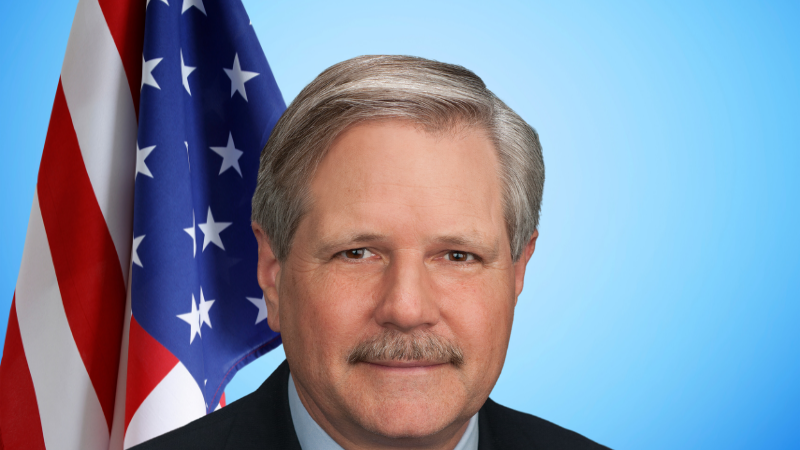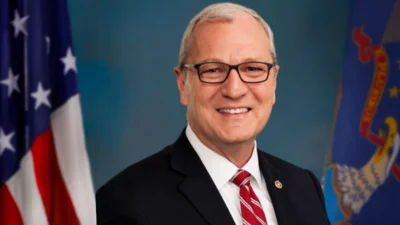Senator John Hoeven | Senator John Hoeven Official website
Senator John Hoeven | Senator John Hoeven Official website
HORACE, N.D. – Senator John Hoeven today reviewed the Red River Valley’s comprehensive flood protection project with U.S. Army Corps of Engineers leadership, including Army Corps Chief Scott Spellmon and Assistant Secretary of the Army for Civil Works Michael Connor. Hoeven joined the Corps leaders to highlight how the first-in-the-nation project can serve as a model for the U.S. to complete projects more quickly and at a lower cost.
Specifically, the senator discussed how this is the first major Army Corps project to utilize both the public-private partnership (P3) split-delivery model and a Water Infrastructure Finance and Innovation Act (WIFIA) loan, which have enabled the federal portion of the project to stay on schedule and within budget. Hoeven advanced these efforts by:
- Securing the required federal authorization and fully funding the $750 million federal cost share.
- Working with the Corps and the Office of Management and Budget (OMB) to ensure projects that use alternative financing methods, like P3s, receive fair treatment during the federal cost-benefit analysis.
- Funding the Environmental Protection Agency’s (EPA) WIFIA program, securing a formal invitation for Fargo-Moorhead to apply and working to expedite the approval process.
- Removing roadblocks to construction, while providing the flexibility and annual funding needed to prevent delays in construction.
In addition, Hoeven’s efforts have included:
- Working to pass 16 acts of Congress, including:
- 9 legislative provisions, such as the project authorization in 2014 and a new construction start authorization in 2016.
- 7 separate appropriations to fund the project’s construction.
- Coordinating efforts across four federal agencies.
- Providing funding and flexibility to concurrently raise I-29 and begin excavating the Red River Control Structure to keep the project on schedule.
- Helping renegotiate the Project Partnership Agreement to increase the federal funding commitment from $450 million.
- Resolving the easement issue on lands purchased with Hazard Mitigation Grant Program (HMGP) funding, allowing the project to use an alternative route.
Original source can be found here.



 Alerts Sign-up
Alerts Sign-up